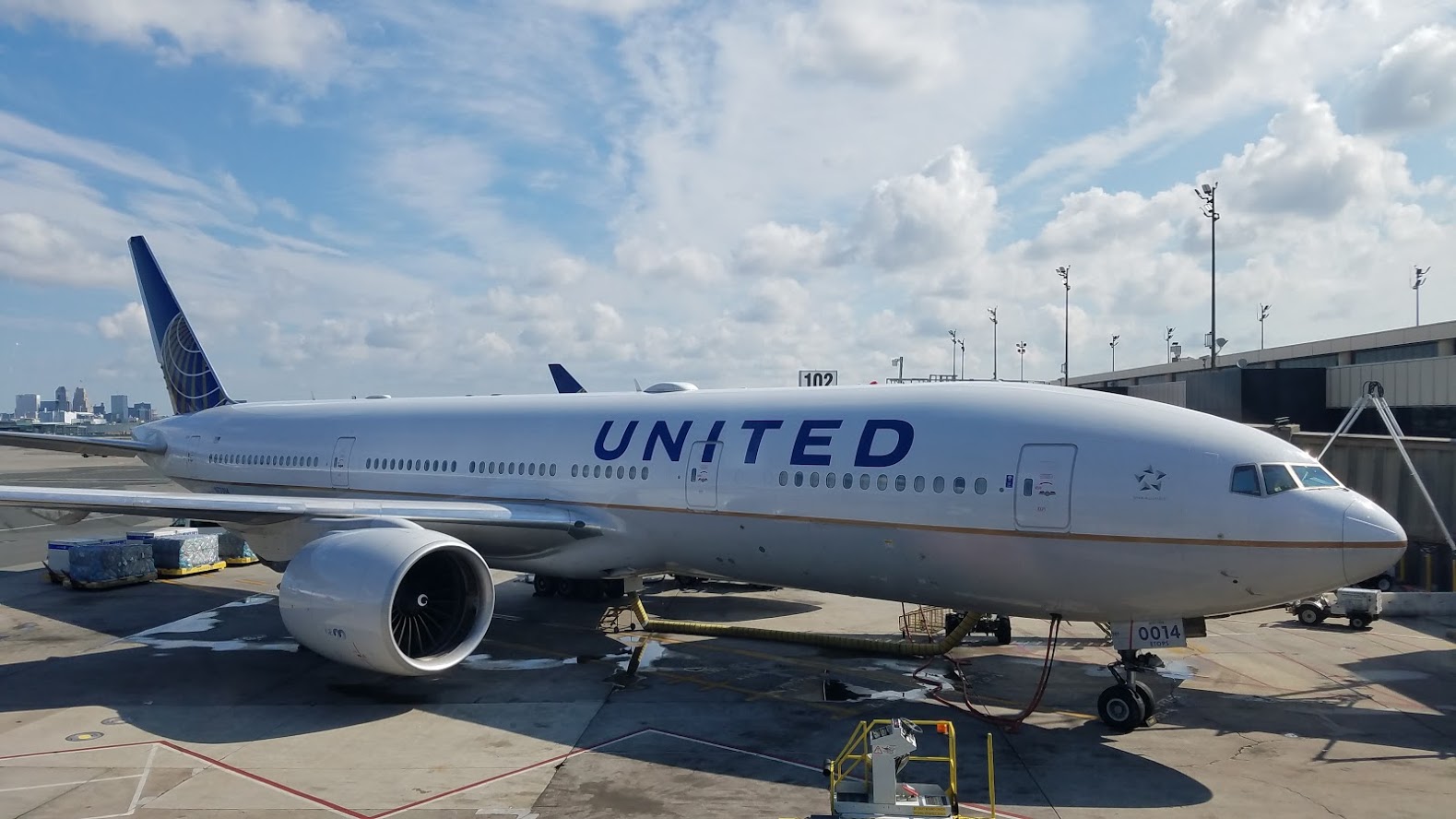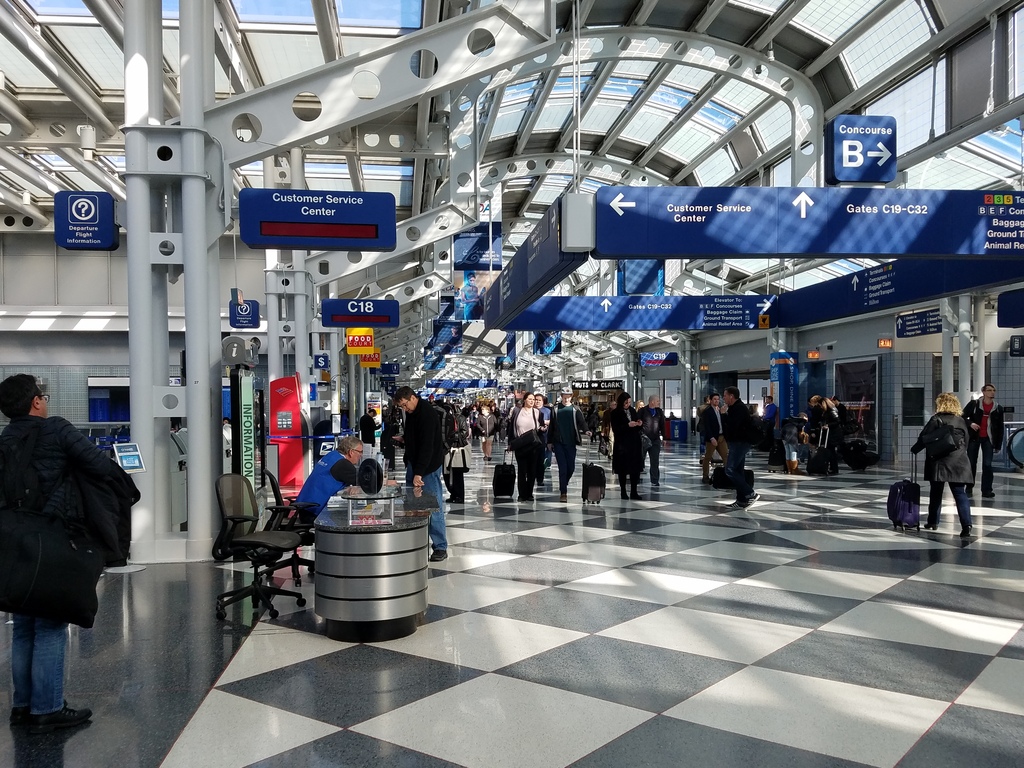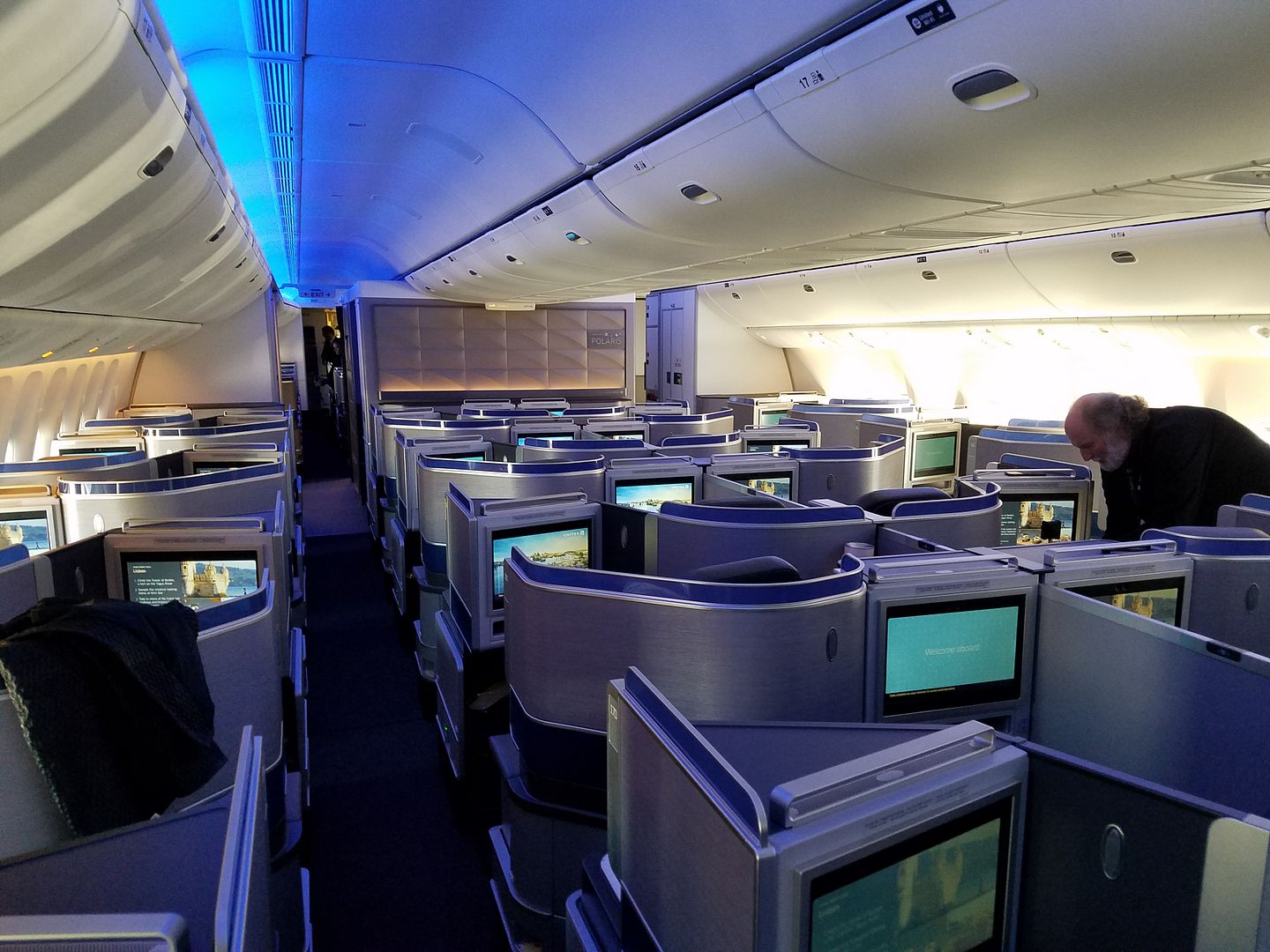United has been aggressively expanding not just domestically, where they’ve upgauged many flights from regional jet to mainline in business markets, but also internationally where they’ve added Europe and Asia flying and even some unexpected moves into the South Pacific — such as San Francisco – Melbourne and Tahiti.

United Airlines Newark
This morning United announced new international routes and additional flights on existing routes involving four of their hubs, with the greatest expansion coming at Newark.
Newark:
- Curacao seasonal Saturday service starting December 7 operated by a Boeing 737-700
- Newark – Nice daily seasonal service starting May 2 using a premium-heavy 46 business class seat Boeing 767-300ER. It’s interesting to see United throw a premium-heavy aircraft onto a leisure route albeit a premium leisure route.
- Newark – Palermo daily seasonal service starting May 20, the only U.S. flight to Palermo (will be interesting to see if this works better than American’s attempt at Philadelphia – Bologna).
- Adding a second daily Newark – Frankfurt flight March 20 using a premium-heavy Boeing 767-300ER
- Adding a second summer seasonal Newark – Amsterdam flight March 20 operating in late evening with a standard Boeing 767-300ER
Chicago:
- Adding year-round Chicago – Zurich starting March 28, using a premium-heavy Boeing 767-300ER.
This is the 7th year-round Europe for United in Chicago.

United Airlines Terminal Chicago O’Hare
Denver:
- Denver – London Heathrow goes year-round effective November 1, using a Boeing 787-8. (Their Frankfurt and Tokyo Narita flights are already year-round.)
San Francisco:
- San Francisco – Delhi will be year-round service instead of the originally-planned seasonal. It was just in December United announced a bunch of new international flying from San Francisco including seasonal Delhi service.
United insists these new routes do not come with any cancellations in flights or destinations. It’s great to see the airline deploying their new premium-heavy 46 business class seat 767s aggressively, and not just out of Newark or even on pure business routes.
The new Polaris business class seat is a competitive advantage not because it’s better than what Delta, American, or Air France offer – or what British Airways or Virgin Atlantic will offer – it isn’t. It generally lags all of those. However they’re able to offer fully flat direct aisle access business class seats, attractively designed, using less cabin space. That allows them to fit more seats into the same footprint, or add seats without taking out as many from a lesser cabin.

United Boeing 777-300ER Polaris Business Class Cabin
Frustratingly, United’s Vice President of International Network Patrick Quayle acknowledges this morning that the airline has only coverted one-third of the widebody aircraft that were in the fleet when Polaris was announced over three years ago.


An easy fact-check bears out that United has converted a fair bit more than 1/3 of its widebody fleet. PQ is great at what he does, but I think he needs to be a bit better-informed on this issue, because it paints United in a negative light
As a 1K with GPUs to burn, these 767s are perfect. I’m glad to see them being more broadly deployed.
@Rizzo – this is conversions and includes all widebodies, so the 787s, and excludes new deliveries…
Any information on when these routes will come available for booking?
The Polaris planes are awful when it comes to comfortable seating and room in their teeny, tiny enclaves. Delta’s flights to Europe that we’ve been on have much more comfortable seating with more room in their units than UA. When given a choice UA is not at the top of our list.
I will take the Polaris soft product (gel pillows, saks light blankets, meal on demand) any day over DL, BA or AF. I find FAs on UA to be uniformly pleasant – certainly no worse than the surely BA crews. The seat is more than adequate.
@Gary… got it… it’s still a bit above 1/3, but not by much. If you include the aircraft in mod, which is reasonable since passengers aren’t flying in them, UA has 56 reconfigurations done out or in progress of (the latest numbers I have) 139 aircraft which will receive it as a mod.
56/139 is 40%… but if you take out the in-progress frames, it’s 36%.
We’re coming up on the 2-year mark since the first 767 rolled out of HKG with the new Polaris interior. It’s pretty strong progress by comparison to any other major fleet reconfiguration program carried out by any other airline.
The real question was why Polaris needed to be announced in Summer 2016, when it was pretty much assured that the seat wouldn’t be flying for months. Criticizing the overall timeframe is different from knocking a “slow” pace, and fair, IMO… the actual reconfiguration work has been anything but.